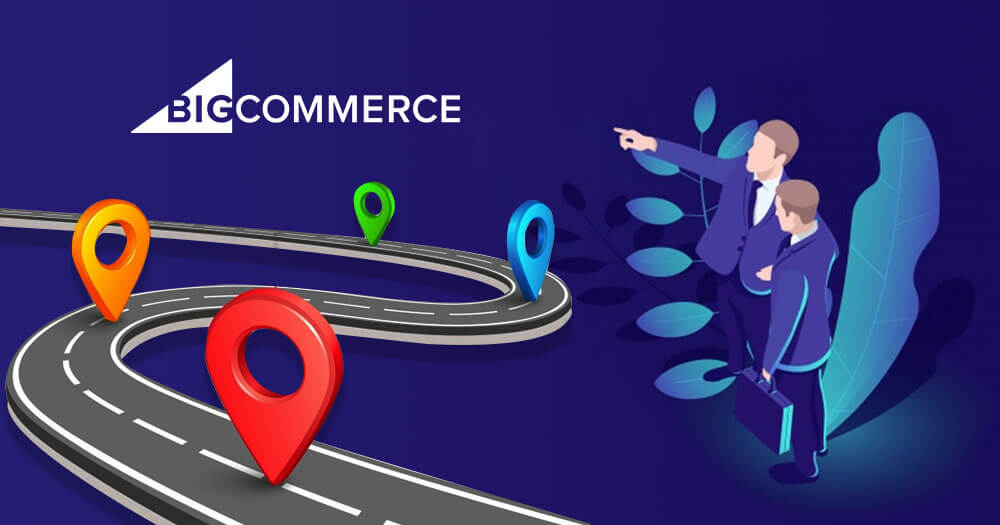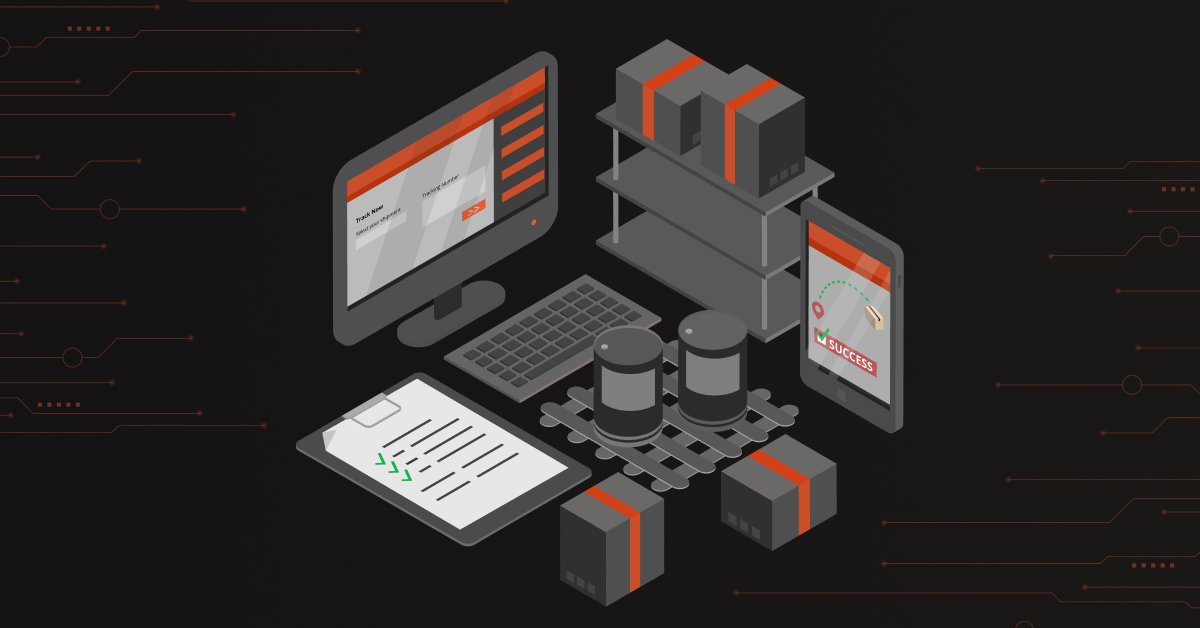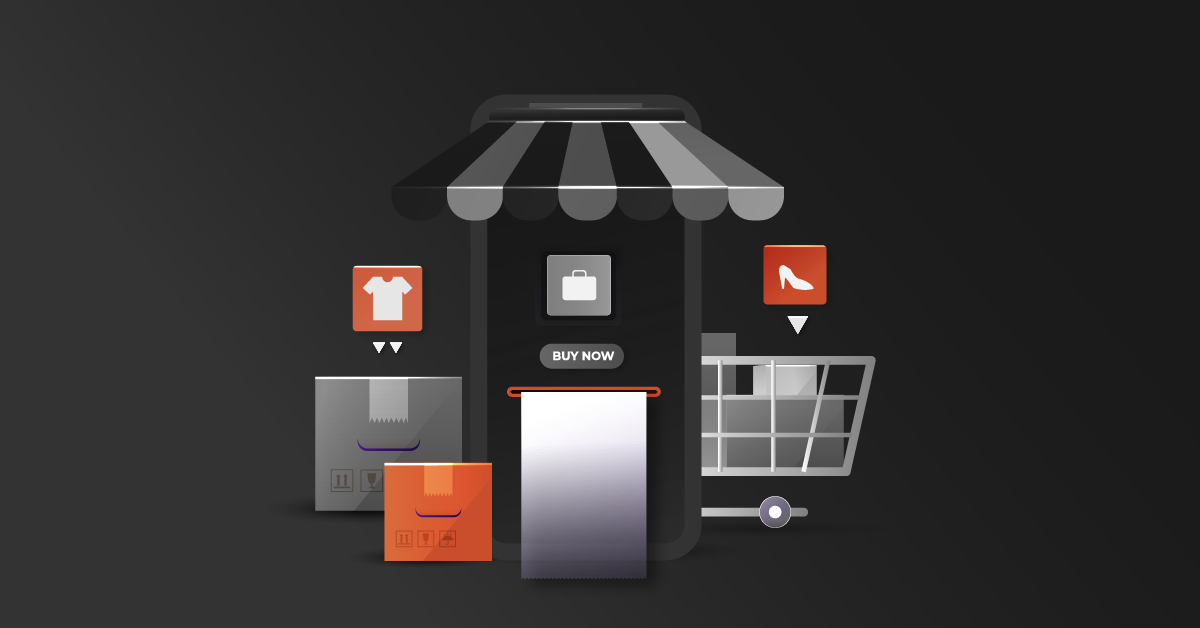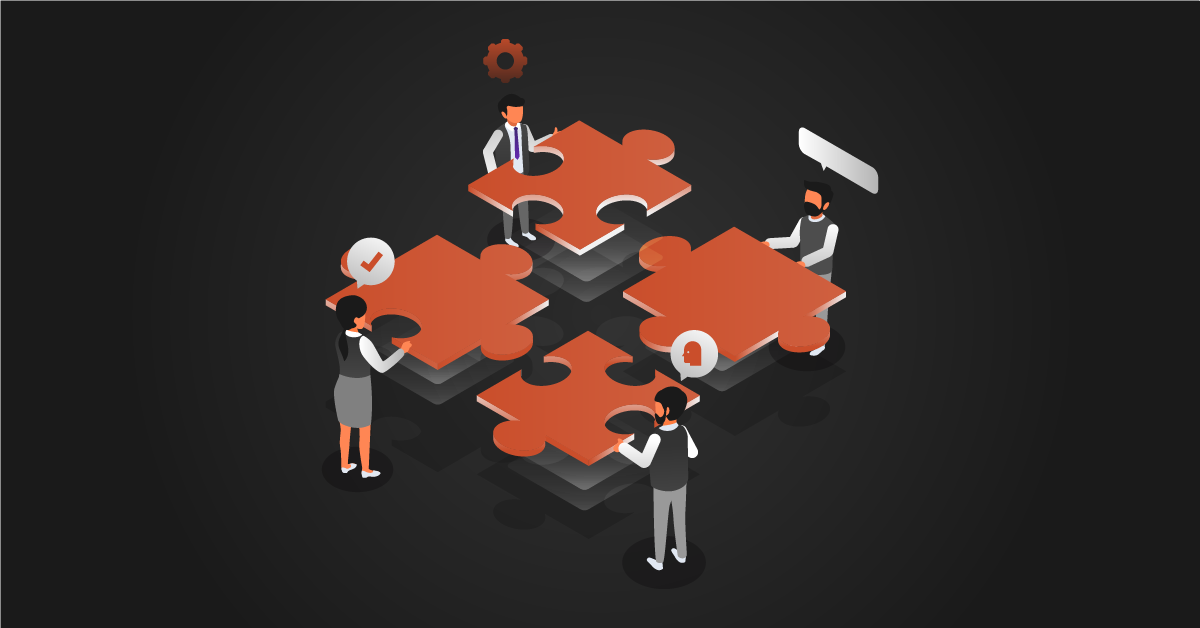“Without change, there is no innovation, creativity, or incentive for improvement. Those who initiate change will have a better opportunity to manage the change that is inevitable.” – William Pollard
Everything in this ever-evolving world requires change and your eCommerce website is no exception. There can be numerous reasons like outdated design, lack of functionalities, performance issues, huge maintenance costs, scalability to name a few, behind that decision to re-platform the website. At the same time, factors like implementation costs, new learning curve, finding the right solution partner, SEO ranking can prevent you from proceeding further and that is why we have prepared this guide to equip you with the basic information required to make those right choices when you are transitioning to BigCommerce, a SaaS-based eCommerce platform.
Contents
Steps to Migrate to BigCommerce
Step 1: Collating your Business Requirements
It is understandable that gathering the requirements and functionalities for the new website can be a humongous as well as time-consuming process. However, this is not something to be taken lightly or overlooked upon, as it can make us regret it on a later date. Due diligence has to be done to understand the areas where your existing website is performing well and also the areas of improvement, which will give you a clear picture of what/what not to be incorporated during the re-platforming. When you are documenting the requirements, it should include your company information, UI/UX needs, website functionalities, marketing and SEO which will give your solution partners a clear picture of what you are expecting on the new website. This will also help in evaluating different partners based on the feedback they provide for your document.
Step 2: Metrics, Goals, Total Cost of Ownership, Timeline
Once the requirements document is prepared, it is necessary to work with your internal teams to understand how your existing site is faring in terms of KPIs like footfall, conversion rate, average order value, number of transactions, gross margin and profits. Then, it is advisable to calculate a forecasted improvement (usually three years) on the above metrics for the new website. This will help in deciding the total budget for the project which should include the implementation costs, licensing costs, marketing & SEO costs as well as content & data migration costs. The last but not the least is the timeline or the tentative launch date.
Step 3: Finalising Requirements and Solution Partners
Now that you have the complete list of requirements and the factors that can affect your new website, you should be able to segregate your requirements into phases based on your priorities. At this stage, you should also perform proper research to understand the functionalities that are available out of the box in BigCommerce versus the ones that require custom development, based on which you can move them to the respective phases. For example, if you are in a tight budget and/or timeline at the same time, you have a good list of functionalities, rather than focusing on a custom theme design, you can choose one of the pre-existing themes from BigCommerce’s library and concentrate more on the features. This is where selecting the solutions partner who is right for your business is very critical. It is not sufficient for the partner to be technically sound on the website aspects but also should be able to understand your business needs and provide suggestions that will aid your growth. At this stage, you should also finalize on the third-party systems that you want to integrate with your eCommerce website.
Recommended Read: BigCommerce Store Development
Step 4: Website Design, Development, and Testing
Once you select your solutions partner, it is mandatory to have discovery sessions, so that both the teams can brainstorm and understand if they are on the same page with respect to the requirements. This will ensure that there aren’t any unpredicted delays or risks during the later part of the development. The first step is to provide your partner with the brand guidelines, sitemaps and user personas that you have developed for your website so that they can analyze and prepare wireframes with suggestions on the UI/UX aspects of the website. Once the design is frozen, the partner can start developing the different pages of the website right from the registration page to the checkout page based on the inputs provided from your end during the discovery phase. Once the development is completed, it is vital to ensure that each and every functionality of the website is tested by both the teams and should be signed off by the respective stakeholders.
Some of the key areas to be focused during development are,
- URLs & Heading Tags
- Meta Title & Descriptions
- Configuring Site Redirects
- Payment and Shipping Gateway Configurations
- Tax Rules Configurations/Integrations
- Configuring Domain names
Step 5: Third-Party Integrations
One of the important aspects to be considered before planning the site launch is to check if any of the third-party systems should be integrated with BigCommerce. This would help in eliminating the additional data transfers between the systems. CLORAS is a middleware developed by DCKAP to integrate ERP, PIM, CRM and other systems with BigCommerce seamlessly by leveraging on their APIs. FlexiPIM is a product information management system that acts as a central repository of all your product information including assets like images and videos.
Step 6: Data Migration Services
Even for the most experienced hands, data migration can be a Goliath task. Hence, the very first step of the process is to create a backup of all the information in your existing platform which includes website content, customers, orders as well as product data. BigCommerce provides data migration and catalog transfer apps for major platforms including Shopify and Magento, which can be used to move information from your existing platform into BigCommerce for free of cost. For more complex and custom data transfers, it is best to leave the job to your solution partner while you can focus on improving your business.
Also Read: Migrate Shopify To BigCommerce
Step 7: Maintenance and Support
Once the website is up and running, a post-launch maintenance and support plan should be developed, during which modifications can be made to the website based on the performance of the website. As a part of this, you can also start planning the activities for your upcoming phases and device a plan of action accordingly.




